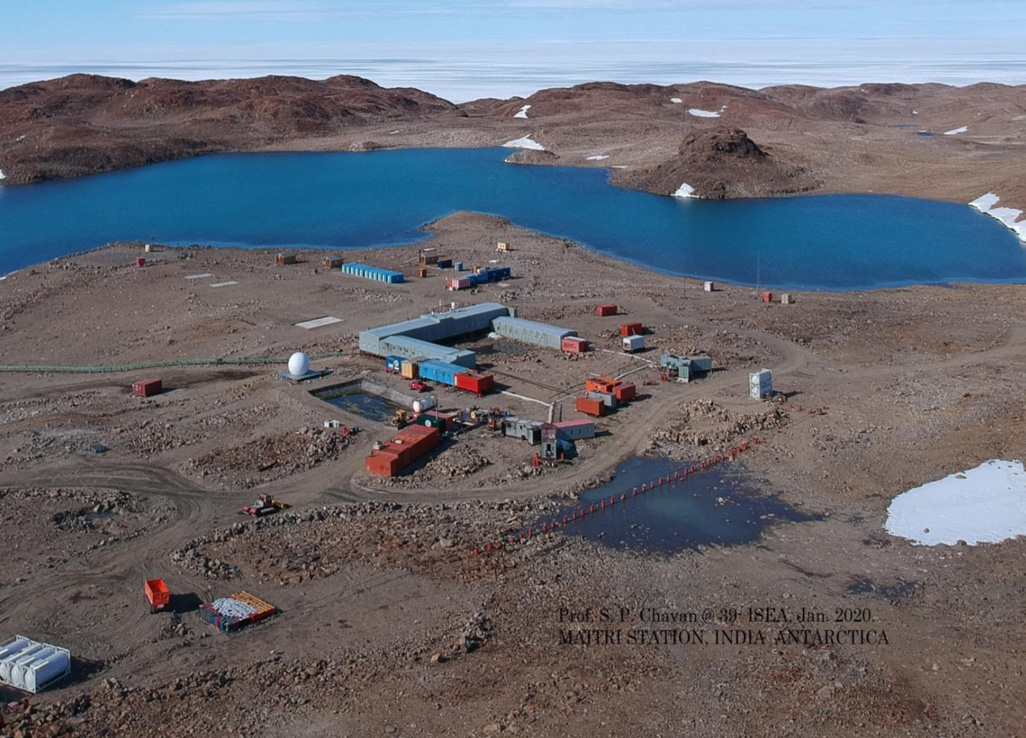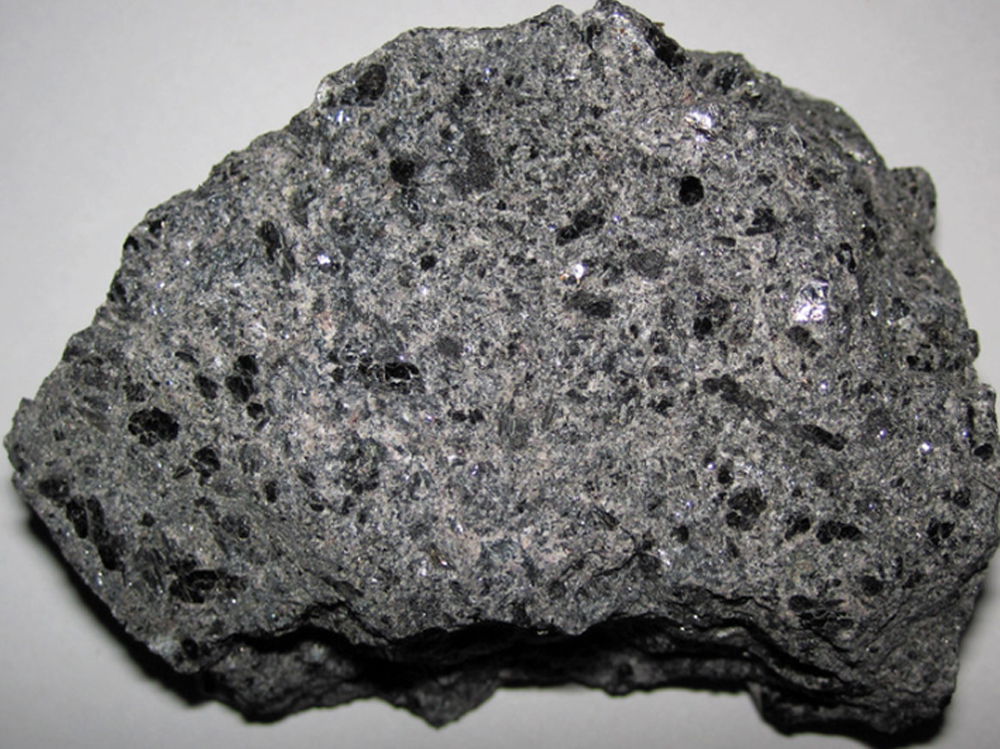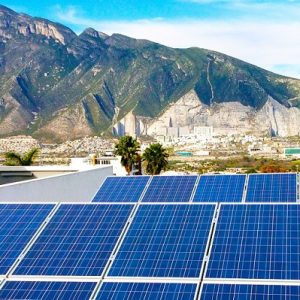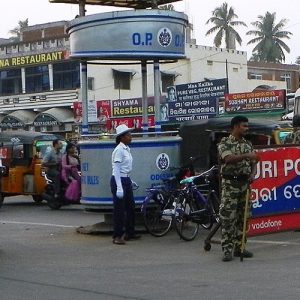Glacial Landforms in Relation to the Himalayas



India is set to embark on a new chapter in its Polar exploration journey with the construction of Maitri II. The Indian government plans to establish a new research station near the existing Maitri ba...
.png )
The Deep Ocean Mission (DOM), approved by the Government of India in 2021 under the Ministry of Earth Sciences (MoES), represents a strategic step in realizing Sustainable Development Goal 14 (SDG 14:...

China recently announced restrictions on the export of seven rare earth elements (REEs), soon after US President Donald Trump decided to impose tariffs. As the world's dominant supplier—responsible fo...
<p>Glaciers are represented by the flowing movement of a thick mass of ice and form as a result of the compaction or recrystallization of snow. Glaciers occur in areas whose climate favours the season...
<p>Most of the people today know about the uses of solar energy and why we should use it. With the rapid depletion of conventional, non-renewable sources of energy like coal, gas and oil, finding out...
<p>Catering to over 1.3 billion people, the law enforcement agencies in India face a lot of challenges. According to the United Nations Office on Drugs and Crime (UNODC), India had deployed only 138 p...
<p>According to the Telecom Regulatory Authority of India (TRAI), the total number of telephone subscribers in the country amounted to 1.2 billion as of September 2017. This comprises of both the wire...
<p>Glaciers are represented by the flowing movement of a thick mass of ice and form as a result of the compaction or recrystallization of snow. Glaciers occur in areas whose climate favours the seasonal accumulation of snow in greater volumes than seasonal ablation.</p>

<p>Most of the people today know about the uses of solar energy and why we should use it. With the rapid depletion of conventional, non-renewable sources of energy like coal, gas and oil, finding out ways to harness and increase the production of alternate, renewable sources of energy is on the rise.</p>

<p>Catering to over 1.3 billion people, the law enforcement agencies in India face a lot of challenges. According to the United Nations Office on Drugs and Crime (UNODC), India had deployed only 138 personnel per one lakh population in 2015. India ranked 67th out of 71 countries in terms of personnel deployed to population ratio […]</p>
